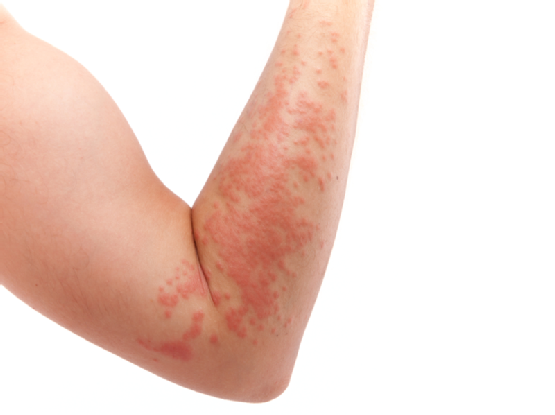Psoriatic Arthritis Drug Treatment

Psoriatic Arthritis Treatment
Psoriatic arthritis drug treatment is common, the conventional treatment of the arthritis symptoms of psoriatic arthritis is most always based on pharmaceutical drugs. The treatment initially involves a combination of anti-inflammatory medications (NSAIDs) and exercise.
If progressive inflammation and joint destruction occurs despite NSAIDs treatment, more potent medications such as methotrexate, corticosteroids, and antimalarial medications (such as hydroxychloroquine, or Plaquenil) are used. Let’s look a little bit deeper into the different drugs used in cases of psoriatic arthritis
Systemic Treatments
Oral medications are usually reserved for those who have severe forms of psoriasis (more than 20 percent of the body covered). Powerful drugs are prescribed for those who complain to their doctor about a significantly reduced quality of life, for example when serious psoriasis of the palms or soles of the feet prevents a person from living a normal life.
They are also given to those with psoriatic arthritis, and these make up about 10 to 15 percent of patients who have been diagnosed as having psoriasis. These are powerful synthetic agents that reduce the dramatically accelerated cellular reproduction of the skin found in psoriasis. These drugs are prescribed either as pills, or as a subcutaneous injection into the muscle, and they are commonly used in combination with either the topical therapies or UV treatment, especially when a psoriasis patient does not respond to a single type of treatment.
The most common forms of systemic treatments for psoriasis are methotrexate, cyclosporine and retinoids. While these drugs can provide considerable benefits in clearing chronic psoriasis, this action comes at a huge cost of producing both acute as well as chronic side effects. I have had many psoriasis patients over the years see me who wanted to come off these medications due to the side effects. The side effects occurred either shortly after starting therapy (acute side effects) or appeared only after prolonged usage (chronic side effects).
Some patients believe that if they stay on a drug for several years and then developed side effects, that these are not linked to the drug, but are in fact “another disease” that needs treating with yet another drug. And so the pharmaceutical merry-go-round continues. When you take any of these powerful drugs, you need regular check-ups with your doctor, including blood tests, blood pressure, etc.
NSAIDS
Nonsteroidal anti-inflammatory drugs (NSAIDs) are a group of medications that are helpful in reducing joint inflammation, pain, and stiffness. Examples of NSAIDs include aspirin, indomethacin (Indocin), and diclofenac (Voltaren). The problem with drugs are the inherent side-effects, and the most frequent side effects include stomach upset and ulceration, but these drugs can also cause more serious side effects such as gastrointestinal bleeding and even stroke.
Disease Modifying Medications
Patients who experience progressive joint destruction in spite of NSAIDs are deemed to be by their rheumatologist or specialist to be candidates for more aggressive disease-modifying medications. Disease-modifying medications are regarded by your doctor as being important to prevent progressive joint destruction and deformity.
Skin and Joint Symptoms Linked
While the relationship between the skin disease and joint disease is not clear, many clinical cases have revealed that there is an improvement of the arthritis simultaneously with clearing of the psoriasis. Patients with psoriasis can benefit by direct sunlight exposure, ultraviolet psoriasis treatment and ocean water.
Exercise May Help
Exercise can be done at home (a good occupational therapist or physiotherapist can help significantly here) and is customised according to suit each patient. Warm-up stretching, or other techniques, like a hot shower or heat packs (wheat bags are good) are helpful to relax muscles prior to exercise. Ice application after the routine can help minimise post-exercise soreness and inflammation. In general, exercises for arthritis are performed for the purpose of strengthening and maintaining or improving joint range of motion. They should be done on a regular basis for best results and you may also want to consider Tai chi or yoga.
Surgery For Psoriatic Arthritic Is A Last Option
Patients who have severe destruction of the joints may benefit from orthopedic surgical repair. Total hip joint replacement and total knee joint replacement surgery are now commonplace in many hospitals throughout countries such as the USA, England, Australia and NZ.



